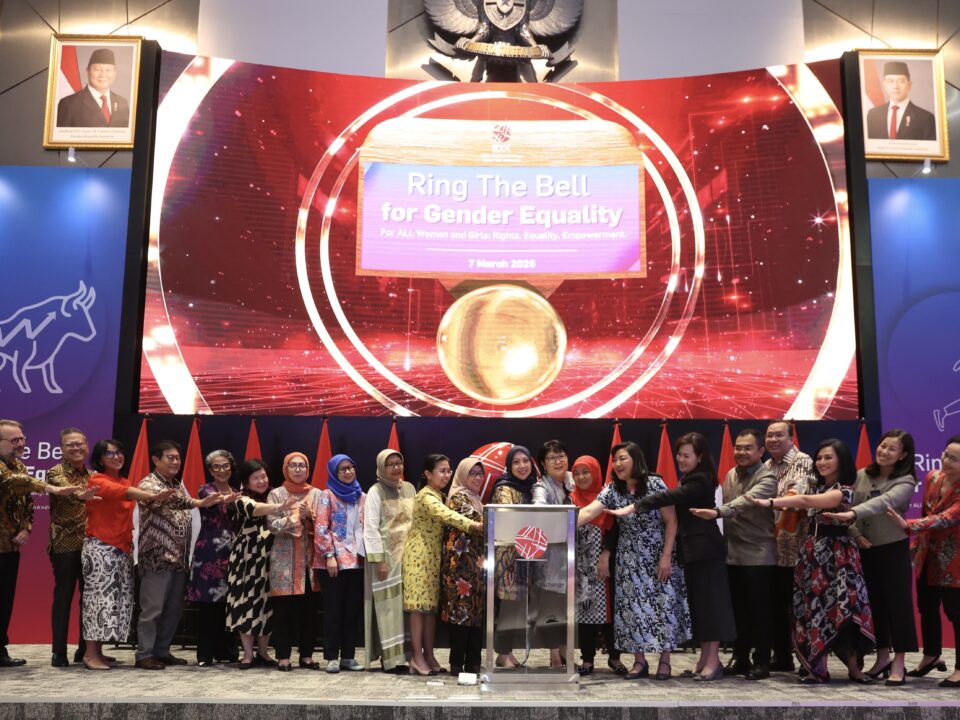
Motherhood Penalty Affects Women’s Careers
December 24, 2023
98.5 Percent of Women Who Take a Career Break Want to Return to Work
December 24, 2023Image by Freepik
Harvard Business Review conducted extensive interviews with 64 senior women leaders at the Vice President level or higher from 51 different organizations in the United States. This interview found that there are four paradoxes they use to address gender norms in leadership:
Demanding yet caring.
Female executives say they must demand high performance from team members while demonstrating that they care about the well-being of team members. For example, a female supervisor openly talks about the targets to be achieved in the quarter and how the team’s performance needs to be improved. Meanwhile, she is expected to remain concerned by asking about the condition of her team members, what obstacles they face, and what can be done together.
Authoritative yet participatory.
On the one hand, women leaders learn to “toughen up”, “speak louder”, and “act decisively” to display authority and credibility. On the other hand, to be perceived as arrogant, women leaders were also quick to acknowledge their own weaknesses and work with others. For example, a female manager has to adjust and perhaps slow down her work pace to bring people along and to ensure that we have alignment.
Advocating for themselves yet serving others.
Involve fulfilling one’s own needs and the goals of others. Focusing too heavily on one side can cause serious problems for women. For example, a female executive shares her knowledge with others but then ends up being used by others. On the other hand, when a female executive is seen as only promoting her own goals, she is seen as aggressive and may be removed from the leadership team.
Maintaining distance yet being approachable.
To generate respect, women leaders tend to keep their distance from others in order to maintain a “professional”, “objective” and “serious” image. But at the same time, they noticed that they might then create impressions of being stiff and apathetic, making it difficult to earn trust and commitment. To bridge this, many explicitly and emphatically show “warm”, “friendly”, and “friendly” traits.
For example, female CEOs try to dress slightly more formally than their employees. But on Friday, the CEO was dressed very informally to show she wasn’t stuffy either. This allows employees to openly talk to the leaders but still try to maintain some distance.
The above paradox is indirectly a form of combining masculine and feminine traits in leadership. In order to successfully address some of these paradoxes, women leaders need to be aware of their own constraints and needs so that they can increase their effectiveness and resilience as leaders.
Here are five steps that can be taken:
Adapt to the situation.
For example, to keep a distance but be approachable, a general manager at a manufacturing company said: “I specifically don’t sit in my room at certain times and work in the team cubicle. I want to send a signal that I am also part of the team. But other times, I want to be very clear that I’m here to make a decision.”
Be warm (caring and collaborative) to be tough (demanding and directing).
Like one general manager at a financial services company: “I think it’s just [building] that day-to-day relationship where people want to help you succeed. And so when you… advocate for something, people generally bend over backward to figure out how to help you get it done.”
Look for win-win solutions.
As one general manager in healthcare described her mindset this way: The most important thing is understanding what are the values, the traits, the goals of that person that you’re trying to influence… So, I’ve always tried to know what it is that I’m trying to achieve, tie that back to something that I know they want to achieve.”
Be tough on tasks and soft on people.
As one leader shared her experience: “I learned that we could vehemently disagree on an issue, and when we walked out of the room, we were friends. I really came to see the importance of being able to separate [that] out.”
Reframe the associated traits that are more worthy of being a leader.
Focus on traits that might be considered weaknesses but can actually be strengths. For example, a president at a manufacturing company explained, “I am very confident in saying ‘I don’t know the answer but I’m keen to find out’ or ‘I don’t know the answer but I know I have the ability to find out.”
Many studies show that women leaders face the need to be warm (traditionally expected of society from women), as well as tough (traditionally expected of society from men). As women leaders who face double binds, they need to find ways to manage them. Reducing this double bind also requires changing the expectations from society about being a woman and what it takes to be a leader. Organizations must make systematic changes to be able to conduct performance-based assessments and provide affirmative action in their leadership.
23 Febuary 2023 | Tiara Tri Hapsari





